Data Set for Parameterizations
This large testing benchmark contains 20712 meshes. It starts from well cut meshes \(D_1\), continues with moderately bad ones \(D_2\), and ends with extremely challenging examples \(D_3\). If you use our data set, please cite [1] and [2].
\(D_1\) (Download)
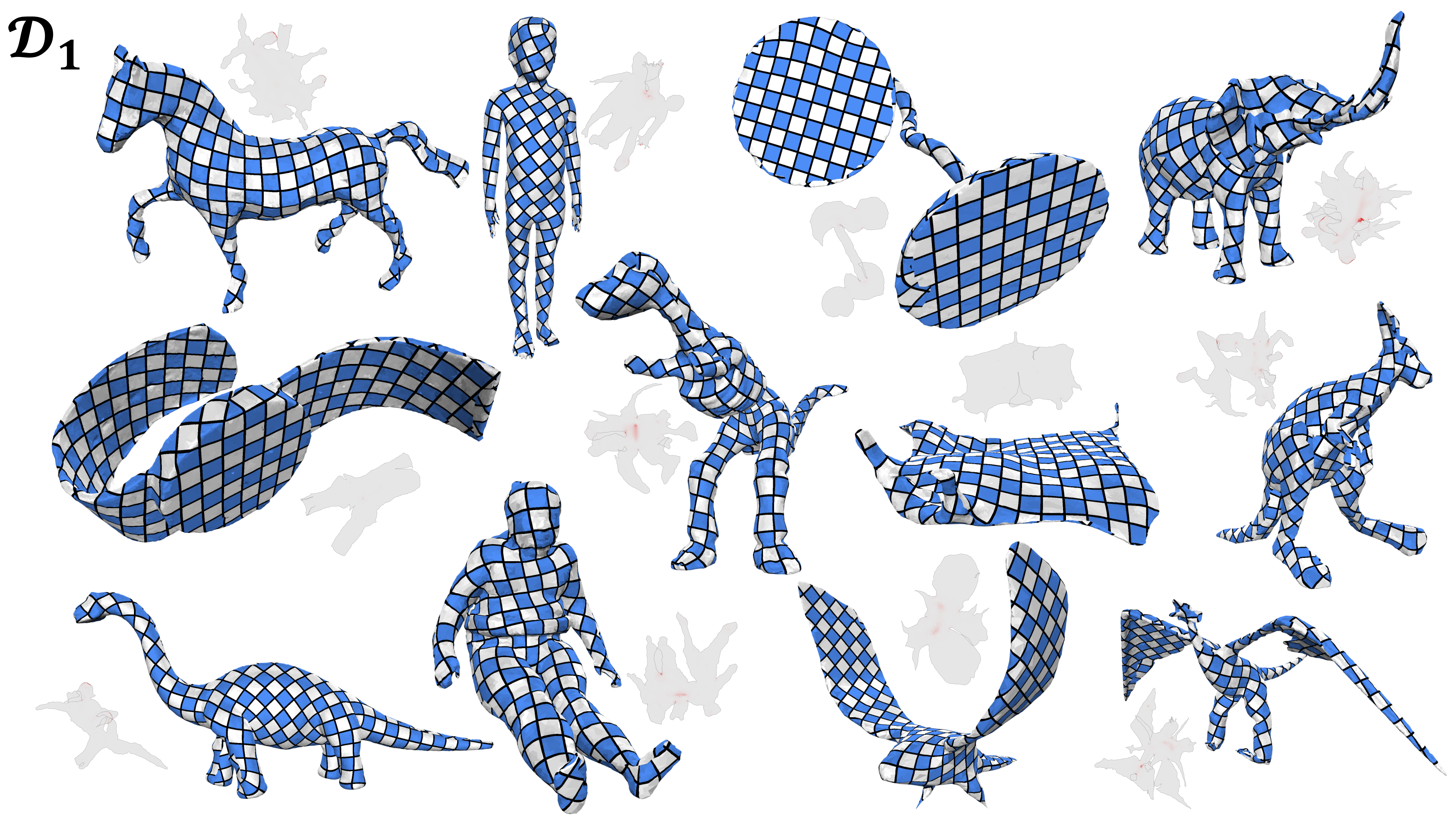
Figure 1: Gallery of some selected models from \(D_1\), which containts 10273 models. Since nearly half the models are very large, we use a program to subdivide the small sized meshes. Here we only provide the small sized meshes which are cut by our sphere-based method [2]. If you want to test your parameterization method on these large-scale models, please download the code to generate them.

Figure 2: Efficiency comparisons using two models from \(D_1\). We select the scalable locally injective maps (SLIM) [Rabinovich et al. 2017], the approximate Killing vector field method (AKVF) [Claici et al. 2017], and the composite majorization method (CM) [Shtengel et al. 2017] as the competitors.
\(D_2\) (Download)
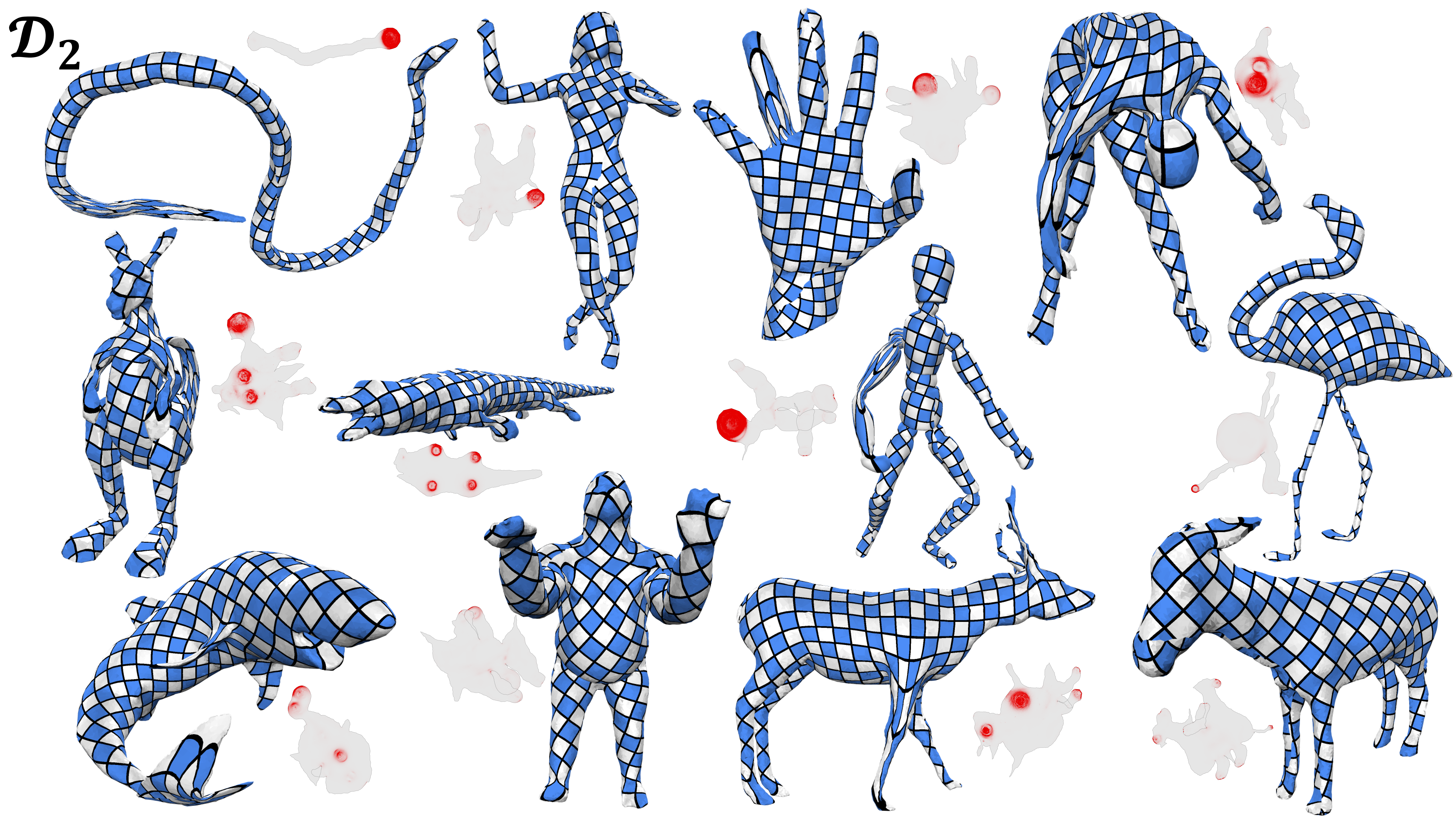
Figure 3: Gallery of some selected models from \(D_2\), which containts 6189 models.
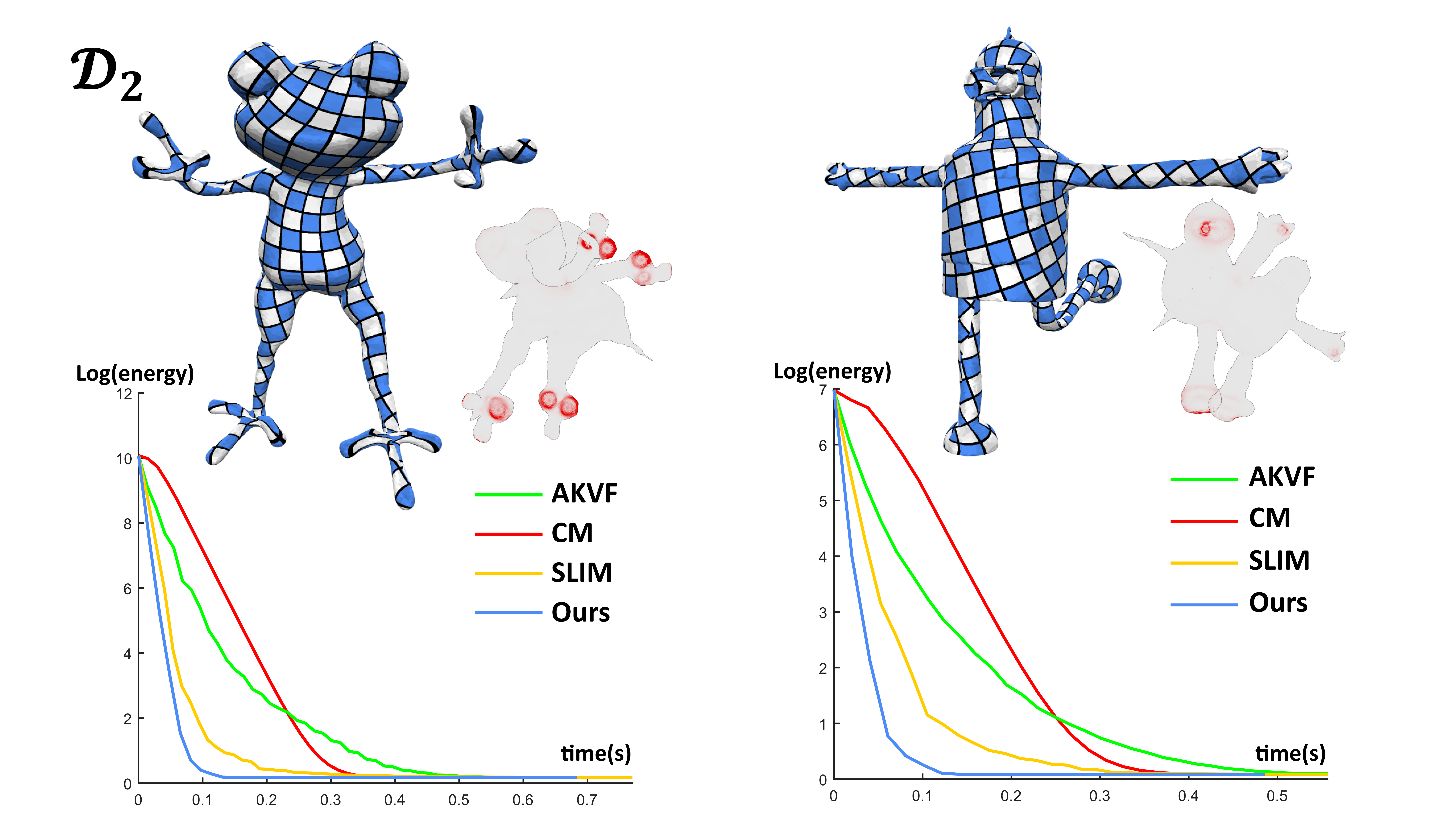
Figure 4: Efficiency comparisons using two models from \(D_2\).
\(D_3\) (Download)
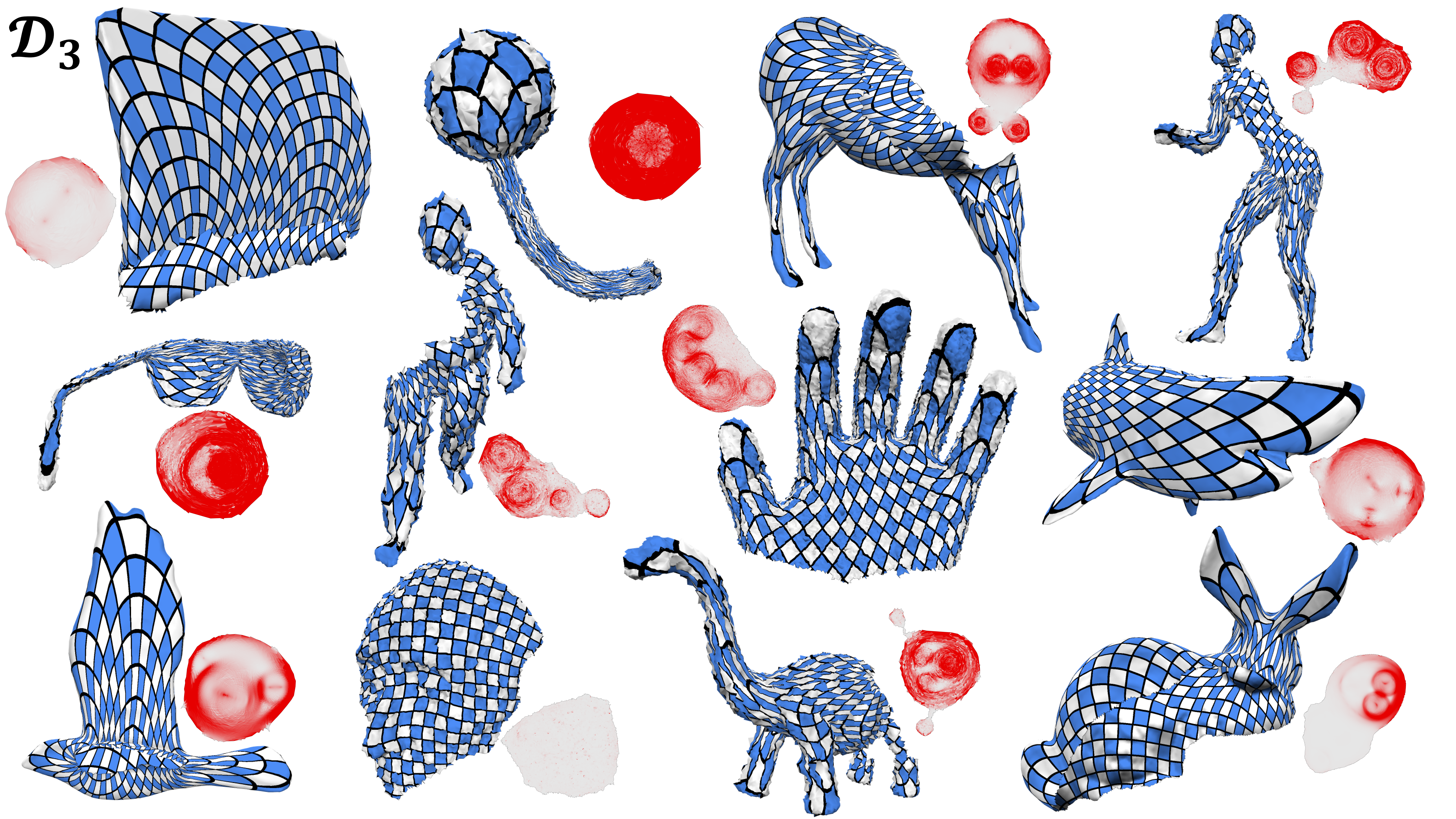
Figure 5: Gallery of some selected models from \(D_3\), which containts 4250 models.
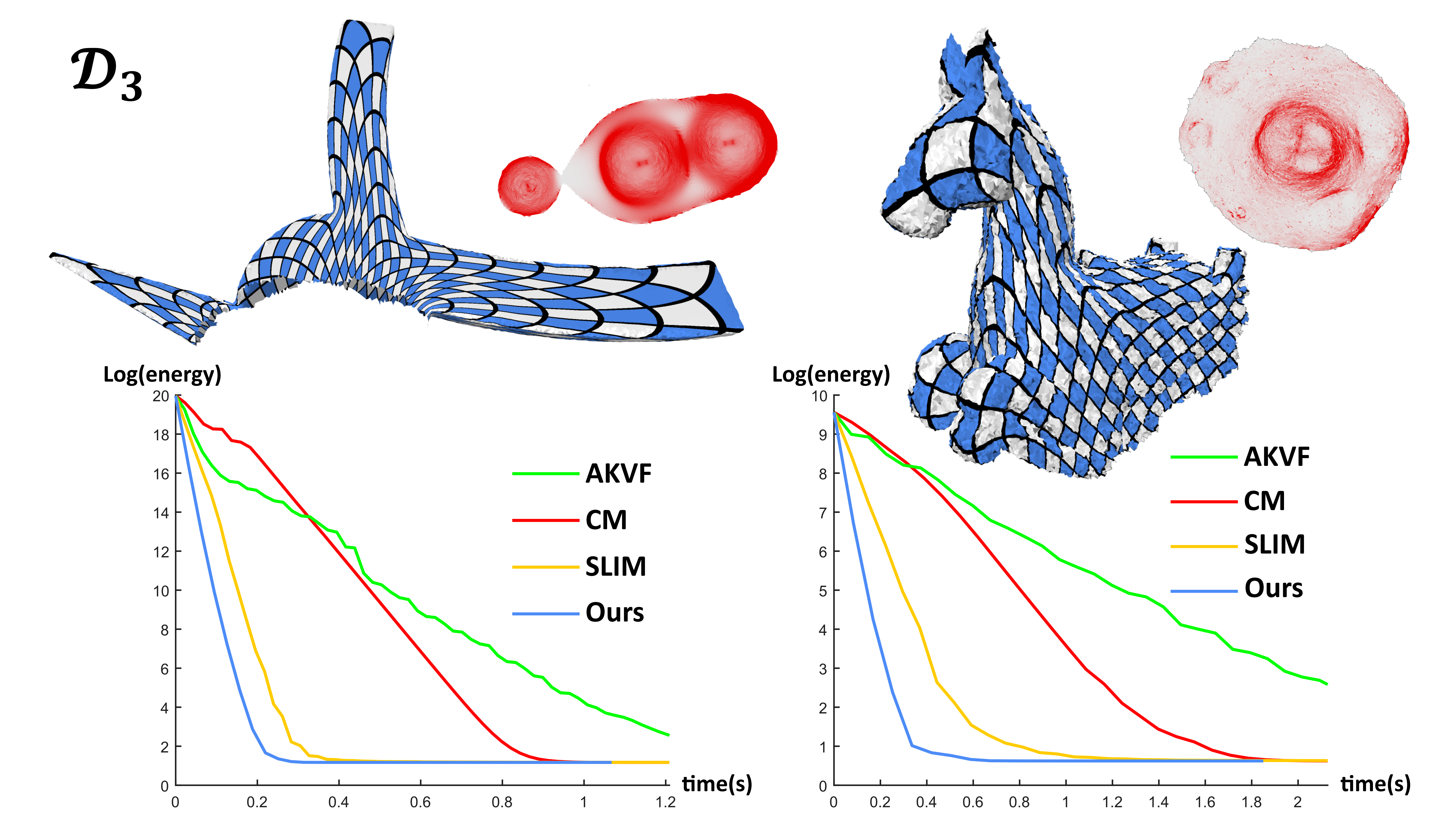
Figure 6: Efficiency comparisons using two models from \(D_3\).
Reference
[1]: Ligang Liu, Chunyang Ye, Ruiqi Ni, Xiao-Ming Fu. Progressive Parameterizations. ACM Transactions on Graphics (SIGGRAPH) 37(4), 2018. [Bibtex].
[2]: Shuangming Chai, Xiao-Ming Fu, Xin Hu, Yang Yang, Ligang Liu. Sphere-based Cut Construction for Planar Parameterizations. Computer & Graphics (SMI 2018). [Bibtex].